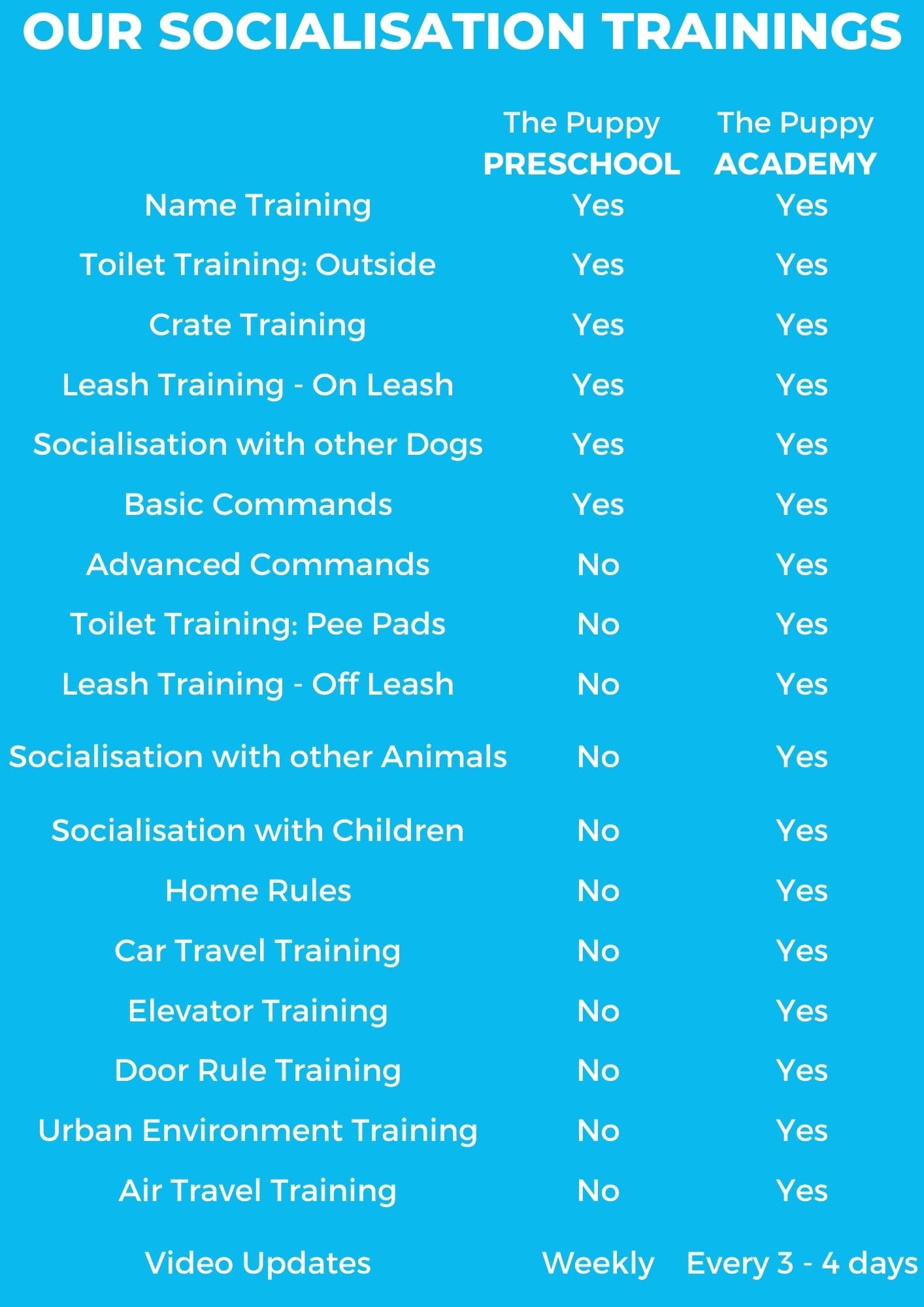Crate Training for Dogs
Puppies are very good at getting into trouble! Young and still learning about the world around them, puppies may inadvertently break things, chew things, or pee on the carpet. Although they will eventually learn what’s what, it can be useful to crate train your puppy to keep him/her out of mischief.
What is crate training?
In crate training, your puppy or dog has a large crate that acts as their den. The crate contains bedding and toys, and is a safe place where your dog can be kept for a few hours when needed, as well as acting as a comfortable spot for your dog to rest when he/she wants to.
What are the benefits?
The idea of keeping your dog in a cage or crate may seem cruel, but crate training is not about locking up your dog. Dogs and similar species have a natural instinct to find a den: a small space where they can be safe and relax. Wild canine species such as wolves use dens to rest, care for their young, and recover from illness or injury. For a domestic dog, having a crate provides them with a safe space. They may be more confident (and as a result, less anxious) if they know that they have the option of going to rest or hide in their den for a while.
Crate training is also very useful for toilet training a dog. Dogs like to keep their beds and dens clean and generally will refuse to move their bowels in these areas. It’s difficult to keep an eye on your puppy all the time, so in between toilet breaks, meals, and playtime your puppy can spend a little time in their crate. This will help to avoid them having accidents or sneaking off to pee/poo in another room.
How to do it?
First of all you’ll need to choose a crate. There are several different types of crate on the market: plastic, fabric (though some dogs may chew through this) and wire are the most common types. The crate should be large enough for your dog to be able to stand up, lie down, and turn around. It may be better to start with a larger crate, especially if you have a large breed puppy that is likely to grow quickly. If the crate is very large for the puppy, you can buy or make a divider to temporarily make the crate smaller.
Once you have a suitable crate, line it with blankets and make it snug and cosy. Throw in a few toys, and consider covering the top of the crate with a blanket to make it warmer (especially in the cold winter months). You can place newspaper and a pee pad away from the bedding for your puppy, just in case.
Your puppy will need to gradually get used to spending time in their crate. You can start by leaving them for 10 minutes at a time, gradually increasing the time spent in the crate over several days or even weeks. You can reward your dog with a treat for going into the crate, or leave a distraction toy (such as a Kong) in the crate. This will help your dog see going into the crate as a good experience. You can also feed your dog in the crate to increase these positive associations.
When you take your puppy out of their crate, give them the opportunity to toilet as soon as possible. You can also leave your puppy in the crate overnight; they may whimper and cry initially, but they should soon get used to it.
Tips
Never use the crate as a punishment. The crate is like your dog’s bedroom: a comfy place where they can feel safe, and using it as a punishment negates this entirely.
Be sure not to leave your dog in the crate all day. The crate is too small for a dog to live in all day: they need to move, play, eat, and toilet. It can also be very boring for a dog to be confined in this way.
Be patient. Crate training takes time, and your puppy/dog will not immediately understand what you want. If you are having difficulty with crate training, it’s worth consulting a professional dog trainer or a veterinarian to see if there is an underlying behavioural or medical problem.






















